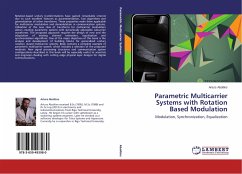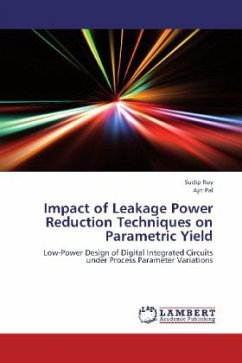Modeling and design of high frequency electronic systems such as antennas and microwave devices require the rigorous numerical solution of Maxwell's equations. The frequency-domain (time-harmonic) tangential vector finite element method (TVFEM) for Maxwell equations results in a second-order dynamical electromagnetic model that must be repeatedly solved for multiple frequencies, excitation or material parameters each design loop. This leads to extremely long design turnaround that often is not optimal. This work will propose an accurate, error controllable and efficient multi-parametric model order reduction scheme that significantly accelerate these parameters sweep. At the core of this work is the proper orthogonal decomposition (POD) sampling technique and balanced truncation (BT) algorithm that are used to reduce multi-parameter spaces that include frequency, material parameters and infinite array scan angles. The proposed methodology employs a novel computational scheme based on adaptive POD sampling and the singular value decomposition of the low-rank Hankel matrix. Numerical examples confirm the significant time savings and good accuracy of the method.
Bitte wählen Sie Ihr Anliegen aus.
Rechnungen
Retourenschein anfordern
Bestellstatus
Storno








